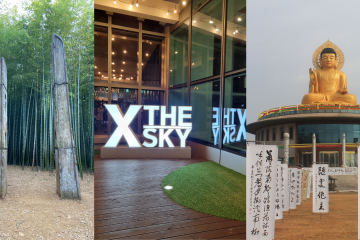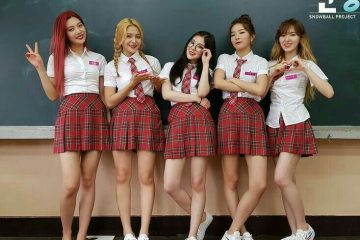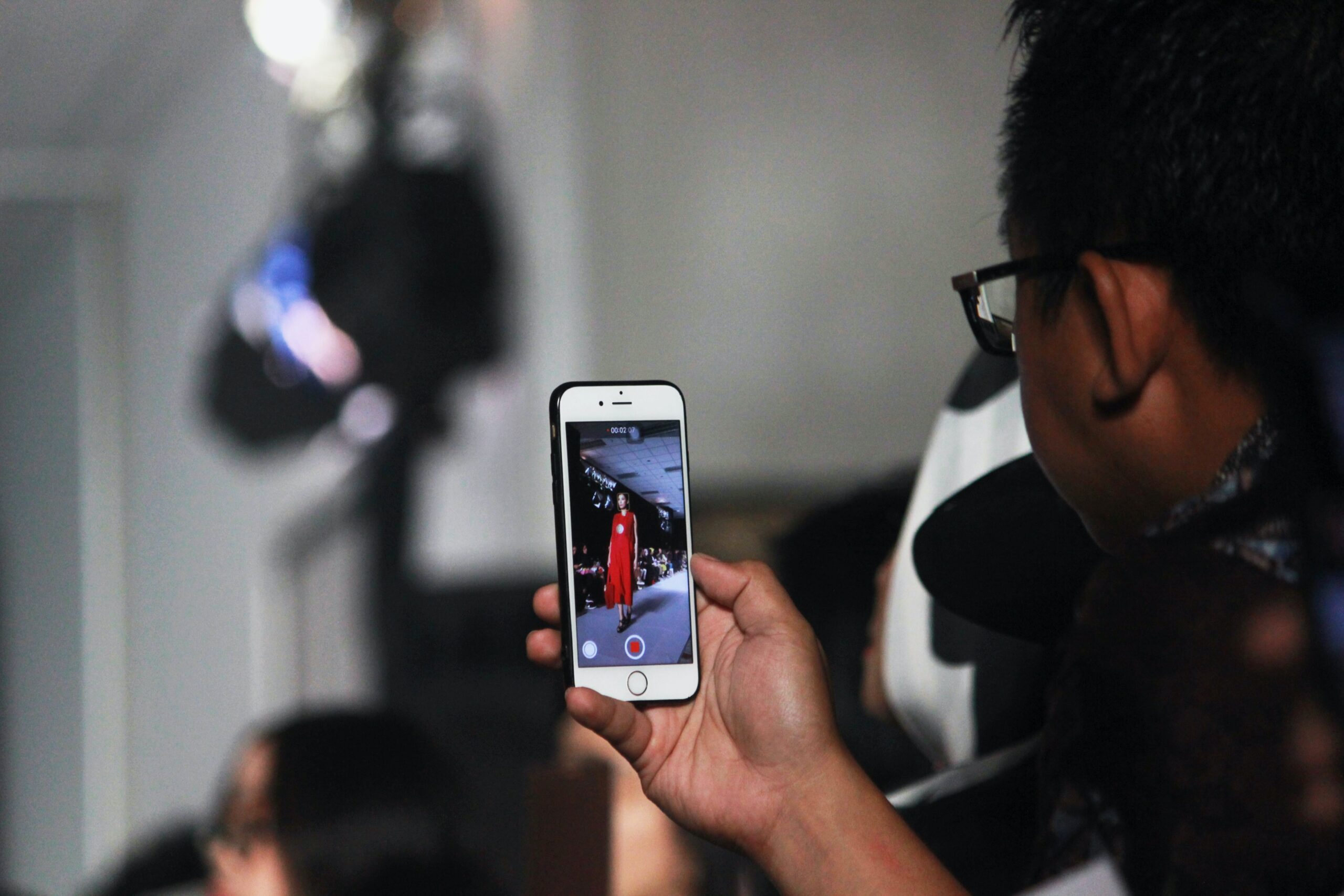3 Important Korean Customs That You Should Know

Customs are cultural ideas that explain patterned behaviors and values that are features of a particular community and country. Shaking hands, bowing, traditional dresses etc. are a part of Korean customs. They are considered as very important in South Korea and before you travel here you must know some important Korean customs. Here are 3 Important Korean customs that one should know:
Table of Contents
1.Greetings – Korean Customs

Greetings are very important part in South Korea. Wherever you go, whoever you meet greeting should be done properly. It is ethical in South Korea to greet with proper manners and gestures. If you do it properly, Koreans will really appreciate your efforts. That is why it comes in the list of top 3 Important Korean customs.
Types of greetings
People say hello in many ways. If you are meeting your close friend or younger than you, the informal hello/hi is ‘Annyeong’, but elders will consider it rude if you say this informal hello to them. So when meeting and greeting an elder person you will say hello as ‘Annyeong Haseyo’, generally, foreigners also use this term to be in a safer side.
When talking over a phone call to your closed ones – Hello – ‘Yeoboseyo’ is said. If someone asks Hello, how are you?- ‘Annyeong Haseyo’, then reply to this would be I’m well. How are you?- ‘Ye. Annyeong Haseyo’.
The most common way to greet in South Korea is bow. Here are types of bows:
- The casual bow is done when greeting someone informally and also when walking past someone who is of a higher status.
- People bow deeper during business interactions.
- When you have to express gratitude or apologize then it requires deepest bow. Bending from torso to around 45 degrees.
- The younger person or a person of a lower status bows first to an older person or a person of a higher status and have to avoid eye contact.
- Use verbal greetings while bowing down as silent greeting is consider as rude.
- Handshakes are also common when greeting someone. One may also greet one another by reaching out both their hands to touch and clasp the other’s hands.
These are types of greetings that are important in South Korea.

Image Source: seoulistic
Evolution of the greeting system in Korean customs
Bowing down is the traditional Korean greeting system. In the past, people used to bow down while greeting someone. Even nowadays people bow but it is accompanied by handshakes, especially among men and women generally nod. In order to show respect while shaking hands, take the support of your right forearm with left arm.
2. Doljabi and Doljanchi Ritual – Korean Customs

Image Source: doljabi.com
Doljanchi is the child’s first birthday celebration. Parents celebrate their child’s birthday with traditional foods and rituals. In Doljabi ritual, parents place many objects in front of the child and she/he has to pick up any object instinctively and that particular object will determine the child’s future. This tradition is basically to wish best for the child and their future. It is one of the important customs of South Korea, that is why it comes in the list of 3 Important Korean Customs.
Historical or past context of the custom
In the 18th Century, before Korea became an independent country, many infants would fall sick, became victims of diseases and died during that period. So completion of a child’s first year used to be considered as milestone and an achievement. In the past Doljanchi used to be celebrated with grandeur, whole village used to come together to celebrate the child’s first birthday and wish for bright future.
Evolution of the ritual

Image Source: pinterest
In modern times, Doljanchi is celebrated with grandeur.
Pencil (the child will become a scholar or researcher), money (the child will become rich), thread (the baby will have a long life), bow and arrow (the baby will become a warrior or will have a military career) these were the objects that were kept in front of the child during traditional times.
Modernizations has made few changes in the ritual in terms of objects. Microphone (the child will become an entertainer), stethoscope (the child will become a doctor), piggy bank or money (the baby will have a wealthy life), sports ball (the child will become an athlete)- objects that parents place in front of their child in today’s times.
In the K-drama ‘Crash Landing on You’ you will see the main female character Yoon Se-ri is shown as a baby and her family are celebrating Doljabi ritual. She has to pick an object kept in front of her and she instinctively holds her father’s finger. Later on her father who is the Chairman of Queen’s Group chooses her to become an heiresses.
3. Hanbok Attire – Korean Customs

Image Source: pinterest
Korean people wore Hanbok as the traditional attire. It comes in many colours and shapes and reflects the important culture of Korea. It is expressive and beautiful in design, it has a slim top and wide bottom. The above tightly fitted jacket is one of the important attraction of the attire and on the other hand the skirt is wide and flexible which hides the movement of the lower body and it looks as if you are floating in air.
To make Hanbok people use natural coloured dyes. Hanbok for men consists of a vest, jeogori which is a top jacket and a pair of pants and while Hanbok for women consists of jeogori, undershirt, skirt and a pair of pantaloons. Hanbok is South Koreans most important custom dress and they value it a lot. That is why it has been listed under the list of 3 Important Korean Customs.
Historical or past context of the custom
Invention of Hanbok took place during Goguryeo Dynasty, its main idea was not to look pretty but to ease the movement for the ladies to walk. The general design of the hanbok is symmetrical and aesthetically beautiful.
Hanbok colour represents five different elements, like- White colour- Metal, Red colour- Fire, Blue colour- Wood, Black colour- Water and Yellow- Earth.
In the past during Joseon era Hanbok colours had class elements, like commoners wore whites and grey while upper classes wore bright and colourful.
Evolution of the attire
Few changes started happening from the 19th century and especially under Japanese colonial rule. Hanbok fashion fell out in the early 20th century. But after World War 2 and the independence of the Korean peninsula, the Hanbok made a comeback, but is worn only on special occasions in both South and North Korea.
In modern times or nowadays people wear Hanbok only on occasions like birthdays (not all wears it), wedding ceremonies and other special occasions. Hanbok has been modified in a modern stylish manner as a everyday wear. Thus Hanbok is one of the important features of Korean customs.

Image Source: thekoreaninme
Do people in South Korea still believe in these customs?
So, these are 3 Korean customs that people consider it important. Even nowadays, people in South Korea still believe in customs. Though urbanizations and westernizations have brought changes to South Korea in terms of lifestyles, clothing, increase in the nuclear family arrangements etc. But these changes have not made people to forget about their Korean customs. They give emphasis to their culture, language and customs a lot and feel proud of it.
If you want to know how to travel to South Korea, then click here travel-to-south-korea to find out.
Or if you are interested in learning about Korean drinking customs, watch the video below!









